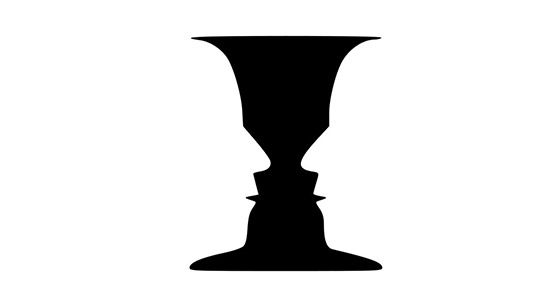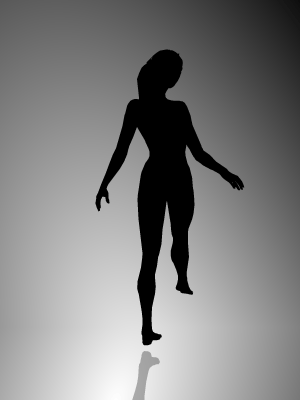Define 'Person Perception'
The mental processes used to think about and evaluate other people, including first impressions.
Identify and define the 3 components of the tri-component model of attitudes
A- Affective: Feelings
B - Behaviour: Actions
C - Cognitive: Beliefs and thoughts
What is the difference between Top-Down and Bottom-Up processing?
Top-down processing uses prior knowledge and expectations to interpret sensory input, while bottom-up processing relies solely on sensory data from the environment to form a perception.
Difference between binocular and monocular cues
Monocular cues rely on one eye, while binocular cues require both eyes for depth perception
The difference between an IV and a DV?
IV is what is being manipulated/changed in an experiment whereas the DV is what is being measured.
Define 'Self Serving-Bias'
Refers to attributing our successes to ourselves and out failures to exernal/situational factors.
Define 'Cognitive dissonance'
Unpleasant psychological state that occurs when a persons beliefs and/or behaviours are inconsistent.
Identify and explain a biological factor of 'Gustatory perception'
Age
Genetics
Identify and explain the following biological depth cue
Height in the visual field
Avoding causing harm to any person in an experiment refers to the ethical principle of...
Define 'internal attributions'
Explaining of a persons actions being due to characteristics of the person involved.
Define actor observer bias
Actor-observer bias is a cognitive bias where people attribute their own actions to external, situational causes while attributing others' actions to internal, personality-based causes
Identify and define a psychological factor of 'gustatory perception'
Memory
Food packaging and appearance
Identify and explain the following psychological Gestalt principle 
Figure ground
Qualitative Data
What is data involving numbers?
Define 'external attributions'
Explanation of a persons behabiour being due to the situation or environment they are in.
Deifine the Halo effects role in first impressions
The halo effect is a cognitive bias where a positive impression in one area influences one's opinion in another,
Identify and describe the three types of attention
Selective attention - selecting what to pay attention on and blocking out other stimulus
Divided attention - attending to multiple stimulus at once.
Sustained attention - Sustaining your attention on someting for a long period of time.
Explain the reasoning behind the 'spinning dancer' illusion
Lack of depth cues
What is a simulation study?
Involve reproducing situations in a realistic way to investigate behaviours and mental processes in an environment.
Define Salience Detections role on first impressions
Saliency detection in psychology is the process of identifying what naturally grabs a person's attention within a scene or stream of information, driven by both physical characteristics (bottom-up) and individual goals or experiences (top-down).
Explain the Horn Effects role in first impressions
The horn effect is a cognitive bias in which a person's overall judgment of someone is unfairly influenced by a single negative trait
Define Perceptual Set
Perceptual set is the psychological tendency to perceive something in a certain way based on a person's past experiences, expectations, motivations, and emotions
Define Visual Agnosia
Visual agnosia is a disorder where a person cannot recognize objects visually, even though their eyesight is normal
Distinguish between repeatability and reproducibility
Repeatability refers to the degree to which the investigation obtains similar results when conducted again under the SAME conditions, whereas reproducibility refers to how close the results are when the investigation is replicated under different conditions.